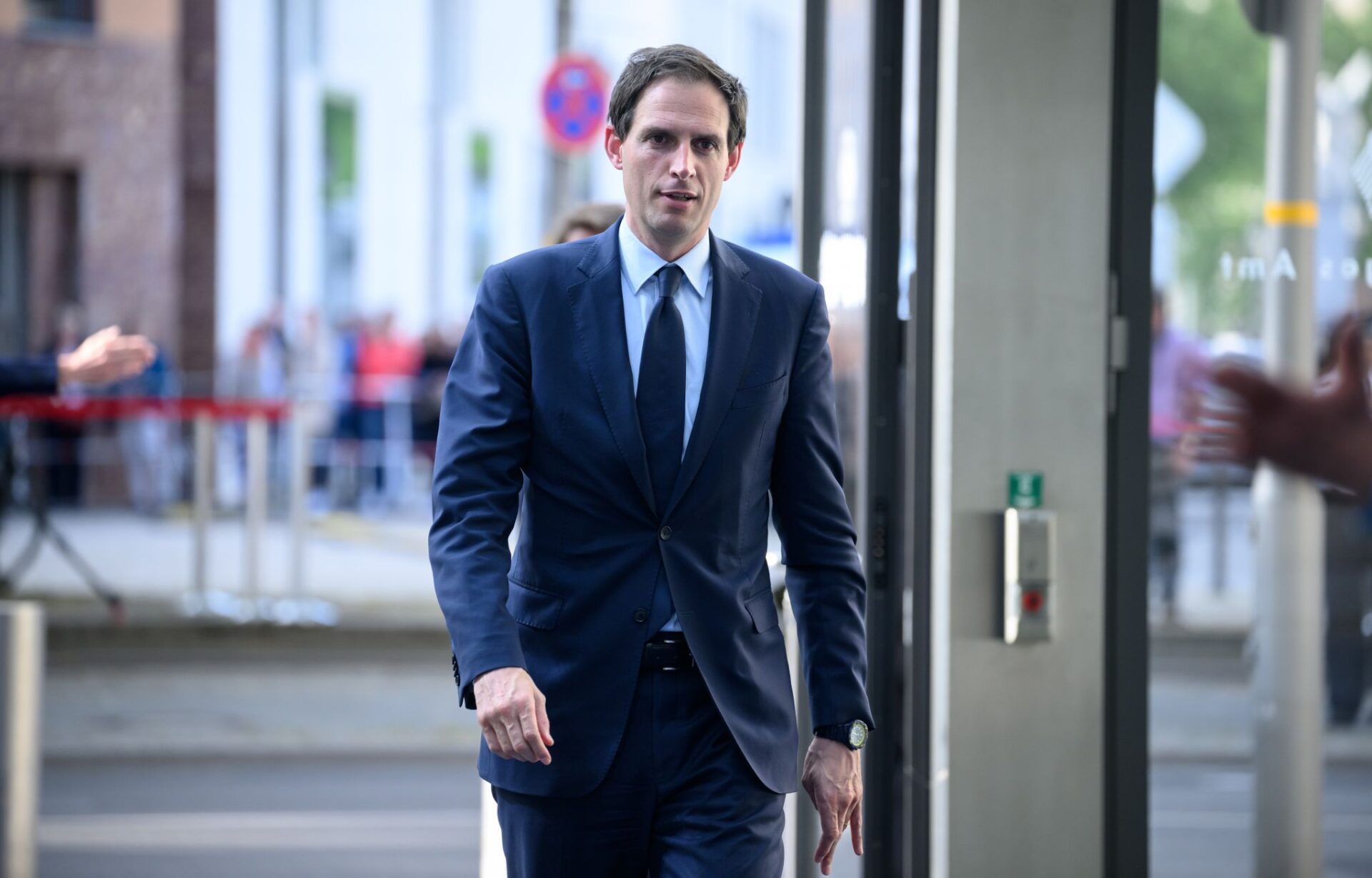Von der Leyen first sent a letter to the heads of government, asking them to nominate both a man and a woman. After it turned out that most of the heads of government had nevertheless only nominated a man, the commission president urged a number of member states to do so. As a result of that action, the number of female candidates has increased, Von der Leyen said Wednesday during a press conference. Her efforts are “therefore absolutely worth it,” said the politician. “The process continues,” she added.
“My experience is that if you don’t ask for it, you don’t get it either. We must be able to balance diversity. A kind of representation of what the European Union is, who the people of the European Union are. And half of the people in the European Union are women.”
It is uncertain whether the new European Commission can start a five-year term on November 1. In the corridors of Brussels, there is talk of a one-month delay. This is denied by a commission spokesman.
European Parliament President Roberta Metsola has invited Von der Leyen to present her proposal for the composition of the new commission on September 11. There will then be a meeting of Metsola, the first vice president and the group leaders of the European Parliament. Von der Leyen has accepted that invitation, but it is unclear whether she will then come with a complete list of candidates and portfolio distribution.
The candidate commissioners are being grilled during hearings by the European Parliament about their capabilities and plans for the policy areas assigned to them. It is not yet clear when those hearings will begin.
For current Dutch Commissioner Wopke Hoekstra (Climate), Von der Leyen reportedly has the Trade portfolio in mind, the German newspaper Die Welt reported Wednesday.
The Netherlands did not have to nominate a man and a woman, because Hoekstra will again become Commissioner according to the Dutch cabinet. That exception applies to all member states that have re-nominated their sitting commissioner.
 go to the original language article
go to the original language article
